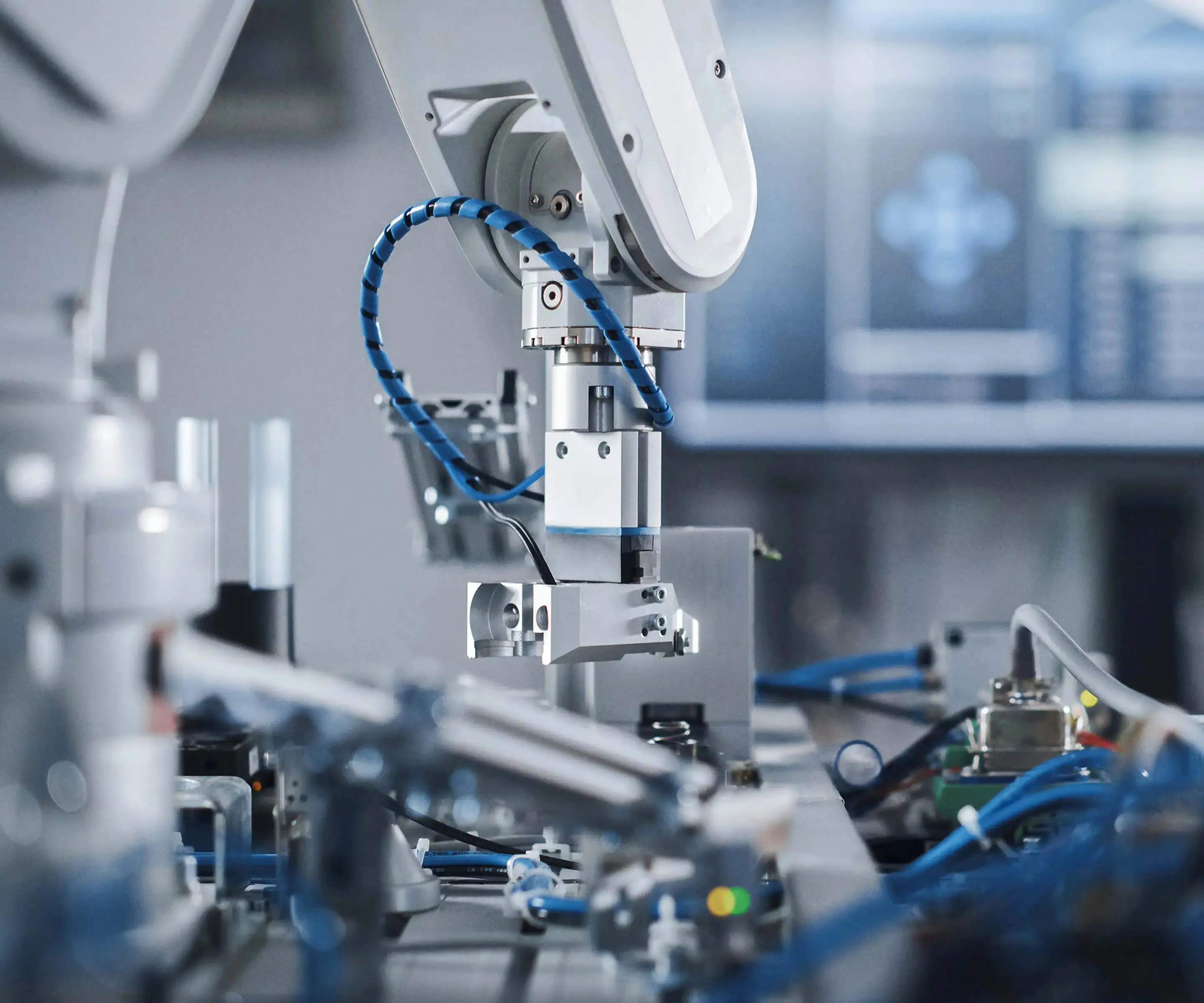Sure! Here's the first part of a compelling soft article centered around the theme "hobby gearmotor tinkercad." Let's dive into the innovative world of hobby electronics, creativity, and Tinkercad’s role in empowering DIY enthusiasts.

Imagine a world where your imagination can come alive through simple yet powerful tools. For hobbyists and DIY enthusiasts, the intersection of mechanical gearmotors and digital design platforms like Tinkercad opens up a universe of possibilities. Whether you're a beginner eager to dip your toes into robotics or an experienced maker pushing the boundaries of your creative projects, this combination offers an accessible and inspiring pathway.
The Spark of Hobbyism: From Curiosity to Creation Hobbies are born from curiosity—an inquisitive pull toward understanding how things work, or the desire to create something from scratch. Mechanical gearmotors, small yet mighty devices capable of converting electrical energy into rotary motion, are among the most exciting components in a hobbyist’s toolkit. Their versatility makes them ideal for a myriad of projects: from basic robotics to complex automation systems.
Gearmotors come in various sizes, torque capacities, and voltage ratings, but they all share the key trait of enabling controlled movement. This controllability makes them perfect for applications like robot arms, automated vehicles, or even kinetic art installations. Integrating these motors into your projects sparks a sense of achievement, turning static ideas into moving realities.
Tinkercad: Democratizing Design and Prototyping Enter Tinkercad—Autodesk’s free, browser-based 3D design tool. Its user-friendly interface breaks down barriers for novices, allowing users to create, modify, and simulate their designs without the steep learning curve of traditional CAD software. Its intuitive drag-and-drop system is perfect for hobbyists looking to visualize their ideas quickly.
One of Tinkercad’s underrated strengths is its ability to simulate electronic circuits, including motors and sensors, in a virtual environment. This feature accelerates learning and experimentation, allowing users to troubleshoot and refine designs before physically building them. This iterative process minimizes costly mistakes—an invaluable advantage in a hobbyist context where resources may be limited.
Combining Gearmotors and Tinkercad: Why It Matters for Hobbyists The synergy between hobby gearmotors and Tinkercad transforms the hobbyist experience. Consider designing a robot chassis in Tinkercad, simulating gearmotor placement, and wiring—then moving seamlessly into real-world assembly. The virtual environment helps you understand how your motor choices influence the mechanics, movement speed, and overall design.
This pairing also encourages a learning-by-doing approach. As users tinker with virtual models, they gain insights that inform their physical prototypes. Enhancing your skills in both mechanical design and electronics becomes a natural progression, fostering a deeper understanding of how hardware and software intertwine.
Getting Started: Picking the Right Gearmotor for Your Project For those new to gearmotors, the initial step can be daunting. But start simple. Small DC gearmotors are widely available, inexpensive, and easy to control—ideal for beginner projects. For instance, a 3V or 6V gearmotor paired with a basic battery pack can power a mini robot or automated door opener.
When selecting a gearmotor, consider factors like torque, gear ratio, size, and power supply. High gear ratios provide greater torque but lower speed, suitable for hauling heavier loads. Conversely, lower gear ratios yield faster movement—great for speed-focused applications like moving a mini vehicle across a track.
Incorporating Gearmotors in Tinkercad Projects Once you've selected your gearmotor, the next step is integrating it into your Tinkercad design. Start by modeling the chassis or structure that will hold the motor. Tinkercad’s library includes basic shapes—rectangles, cylinders, and custom blocks—that you can assemble into your robot’s frame.
Next, virtually position the gearmotor within your design. If you’re aiming for a moving robot, consider how the motor’s shaft connects to wheels or gears. Tinkercad offers tools to create gear assemblies, which can be animated or used as references for wiring and control.
Simulating Movement and Electronics in Tinkercad The electronics simulation environment in Tinkercad is a game-changer. You can add virtual microcontrollers like Arduino, connect virtual motors, and program simple behaviors—all within your browser. For example, you can simulate a motor rotating when a button is pressed, helping you understand coding and circuit design.
The ability to simulate gearmotor behavior aids in troubleshooting, optimizing gear ratios, and understanding power requirements. It’s a safe sandbox to experiment without risking damage to physical components—a perfect setup for hobbyists who relish learning through trial and error.
A Step Towards Autonomous Creations With a solid grasp of gearmotors and Tinkercad’s tools, the horizon expands toward autonomous robotics. Imagine designing a small line-following robot or a voice-activated arm. Virtual prototyping accelerates experimentation, making the dream of a custom robot approachable for hobbyists of all ages.
Community and Resources: Connecting with Fellow Makers The joy of DIY projects is amplified through community engagement. Online forums, social media groups, and maker fairs provide platforms where hobbyists share their Tinkercad models, gearmotor projects, and experiences. These exchanges inspire new ideas, troubleshoot issues, and celebrate innovations.
Additionally, countless tutorials and project guides are available online. They walk you through building a basic robot in Tinkercad, selecting the right gearmotors, programming microcontrollers, and troubleshooting mechanical issues. Learning from these resources fosters confidence and fuels your creative journey.
Established in 2005, Kpower has been dedicated to a professional compact motion unit manufacturer, headquartered in Dongguan, Guangdong Province, China.




































